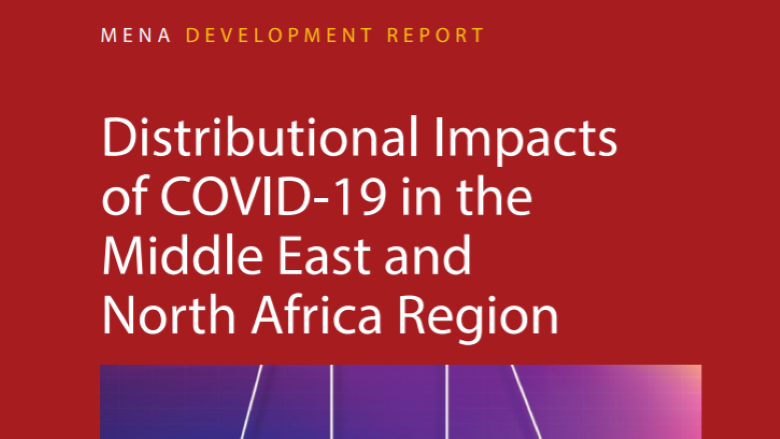COVID-19 is the fourth crisis to have hit the Middle East and North Africa (MENA) region in the decade following the Arab uprisings, the 2014-16 oil price declines, and the 2019 resurgence of protests. It differs from the other crises because of its broad impacts and its distributional consequences.
But even before COVID-19 arrived in March 2020, MENA had been facing a number of serious economic challenges — high rates of unemployment, high levels of informality, low annual economic growth, low female labor force participation, an unconducive business environment, a lack of quality jobs, food insecurity, and fragility and conflict (with large numbers of refugees).
A new report, titled Distributional Impacts of COVID-19 in the Middle East and North Africa Region, asks: How does COVID-19 affect the welfare of individuals and households in MENA, and what are the key issues that policy makers should focus on to enable a quick and sustained economic convalescence? The analysis of newly gathered primary data in MENA (largely through telephone surveys), complemented by microsimulations that allow the assessment of impacts on poverty and inequality adds additional value.
The report’s findings suggest a substantial rise in poverty, greater inequality, the emergence of a group of “new poor” (those who were not poor in the first quarter of 2020 but have become poor since), and changes in the labor market (notably how hard people work and how many people work). Top policy options center on stepping up vaccination programs, resuscitating economic activity, rethinking the approach to the informal sector, boosting resilience to future shocks, and improving data quality and transparency.
